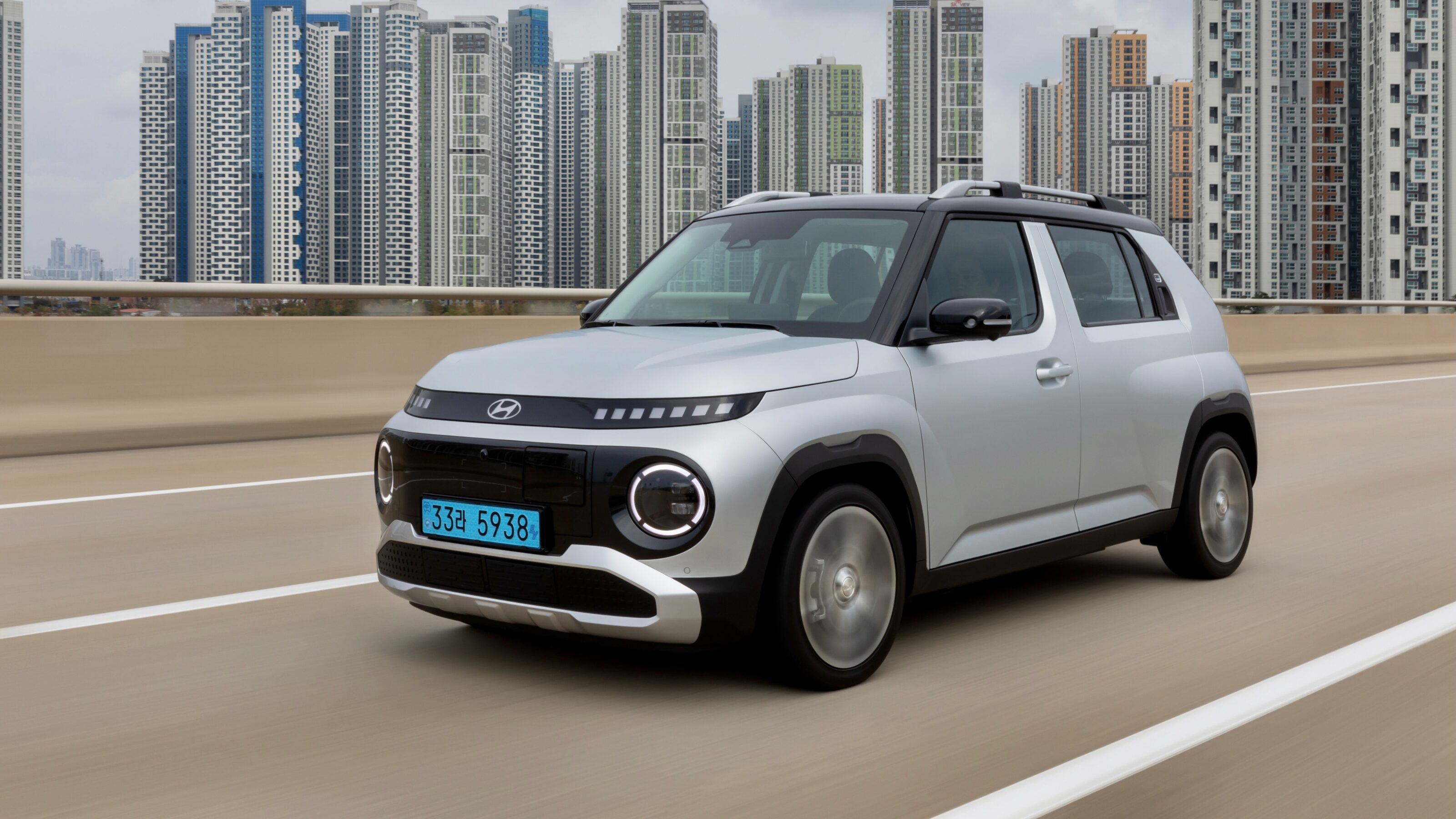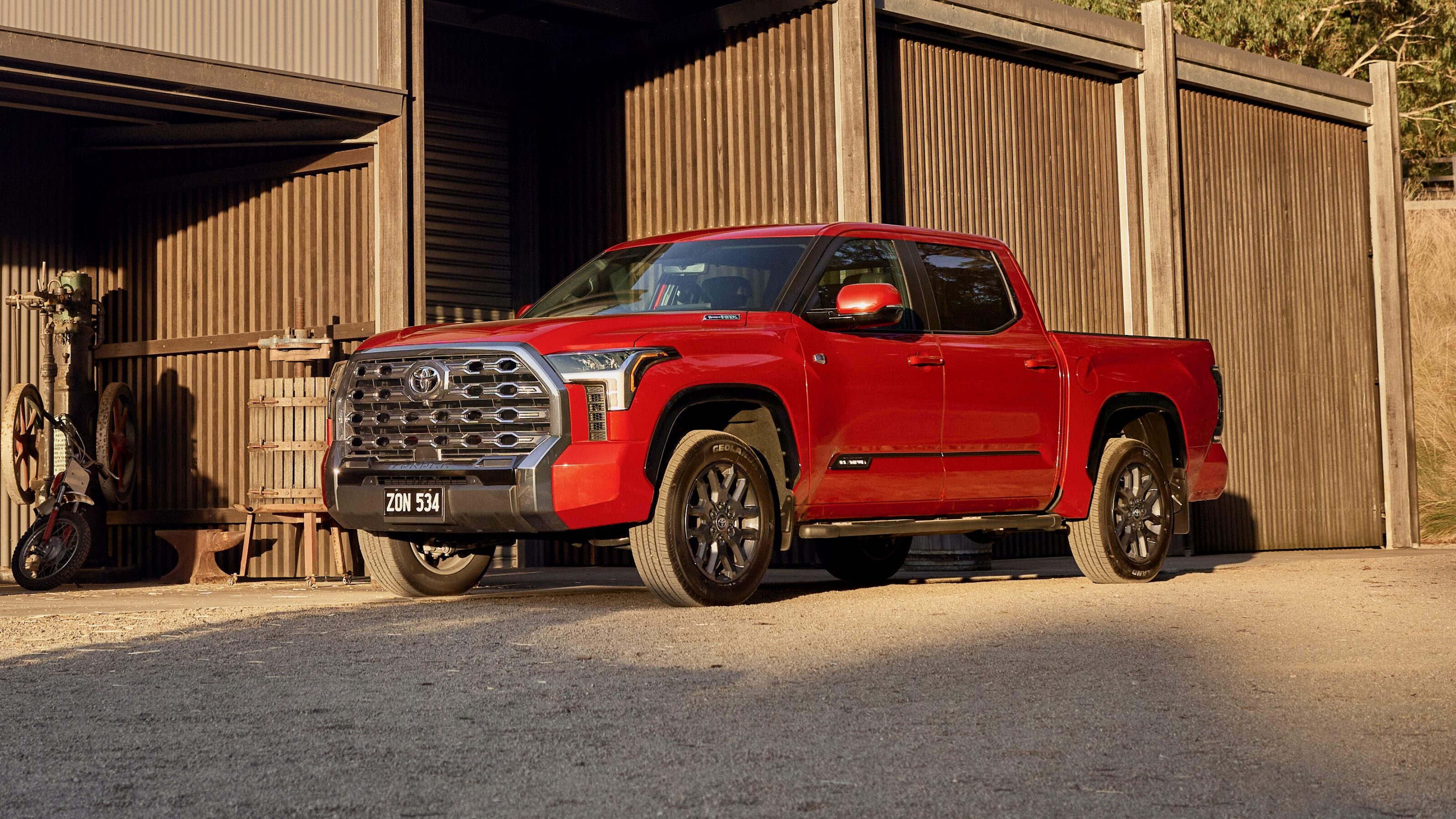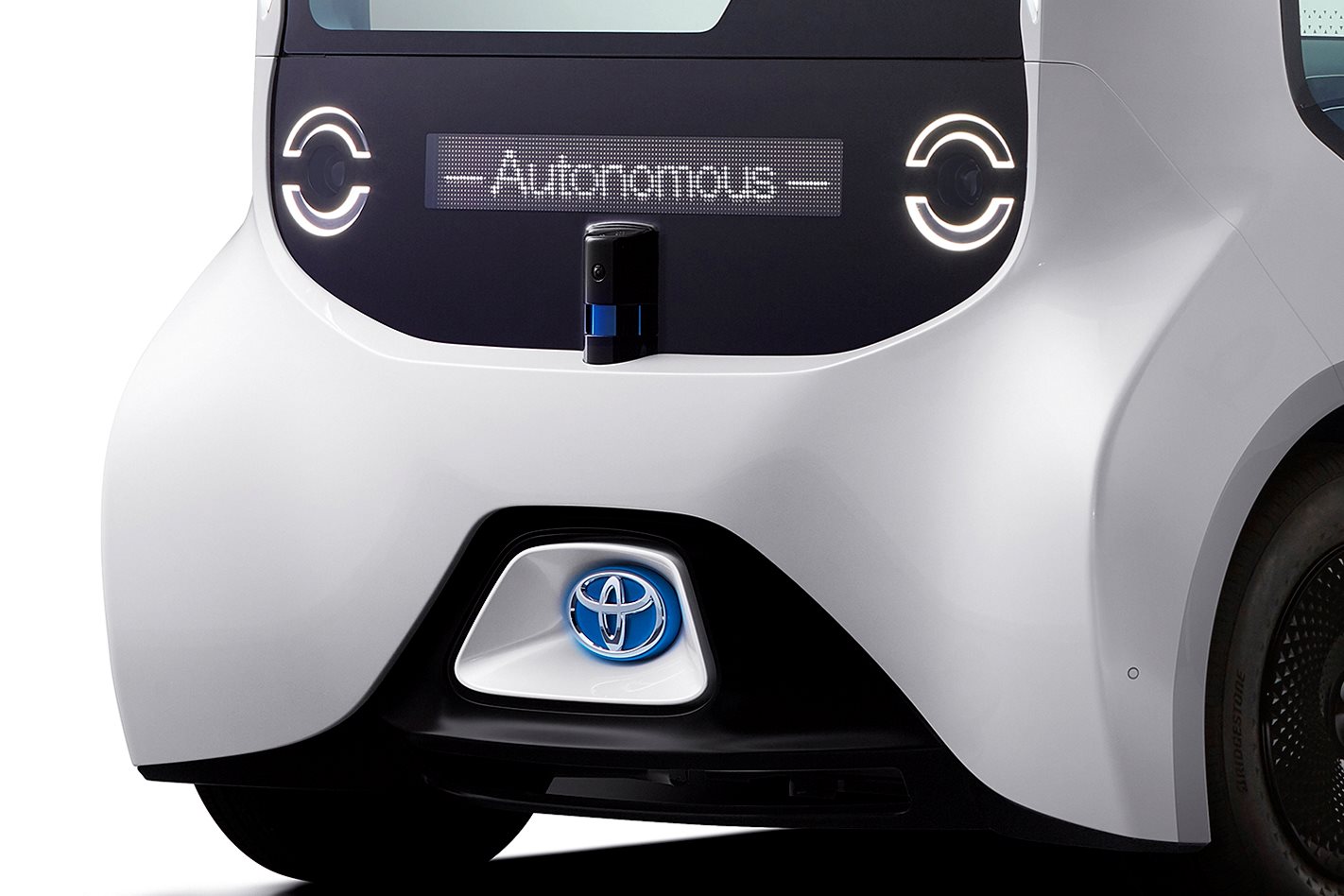
If you believe the autonomous car yay-sayers, the roads of the 2020s will be chock-full of self-driving cars efficiently and safely carting their human cargo around cities. If you ask the world’s largest manufacturer of cars, however, the forecast is decidedly more pessimistic.
The heads of the Toyota Research Institute (TRI) spoke to media during the Tokyo Motor Show to share details of the Japanese auto giant’s plans for self-driving technology, and curiously Toyota’s future vision doesn’t see big fleets of robotic cars becoming commonplace.
“As negative side effects of automation become more evident the world is realising that for many kinds of work we don’t want to replace human beings, even if the work is a little dull, dirty or dangerous,” said Gill Pratt, CEO of TRI.
“In fact that replacement can become counter-productive.”
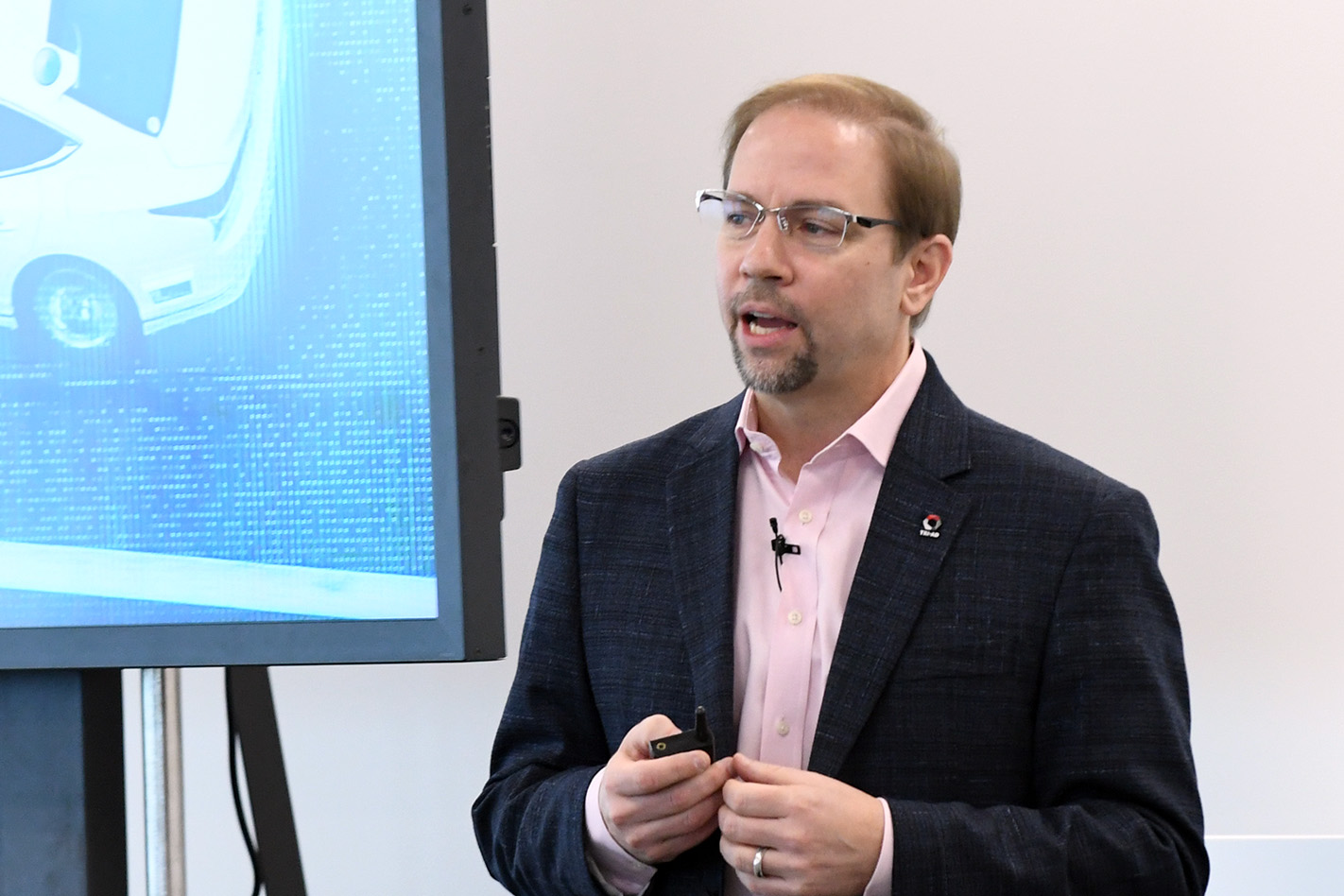
Dr James Kuffner, the CEO of the Advanced Development division of TRI (above), was more emphatic about the proximity of completely autonomous vehicles conforming to the Level 5 standard:
“Let me be clear: nobody is even close.”
For the uninitiated, L5 autonomy means a car that can drive as well as a human, in any weather, in any traffic, on anywhere on the planet and without relying on map data to do so. Kuffner is definitely an expert on the matter too, being the founder and former chief of Google’s own self-driving car division.
But make no mistake: Toyota is still forging ahead with developing its own new-generation driver aids under the ‘Teammate’ moniker, which will bring features like a highway-only self-driving mode to ease driver fatigue on long-distance and high speed journeys.

Rival automaker Nissan has already productionised and released its own system that does exactly that, dubbed ProPilot 2.0, which enables entirely hands-off, feet-off driving on parts of Tokyo’s expressway network – one of the first true Level 2 autonomous systems, and one that verges on a Level 3 capability.
That kind of system is something that will become commonplace in the near future, according to Kuffner, however it’s a long way from L2 to L5. Even L4 (where drivers can safely divert their attention from the road fully) still requires the driver to be able to intervene if needed, otherwise the car automatically parks itself.
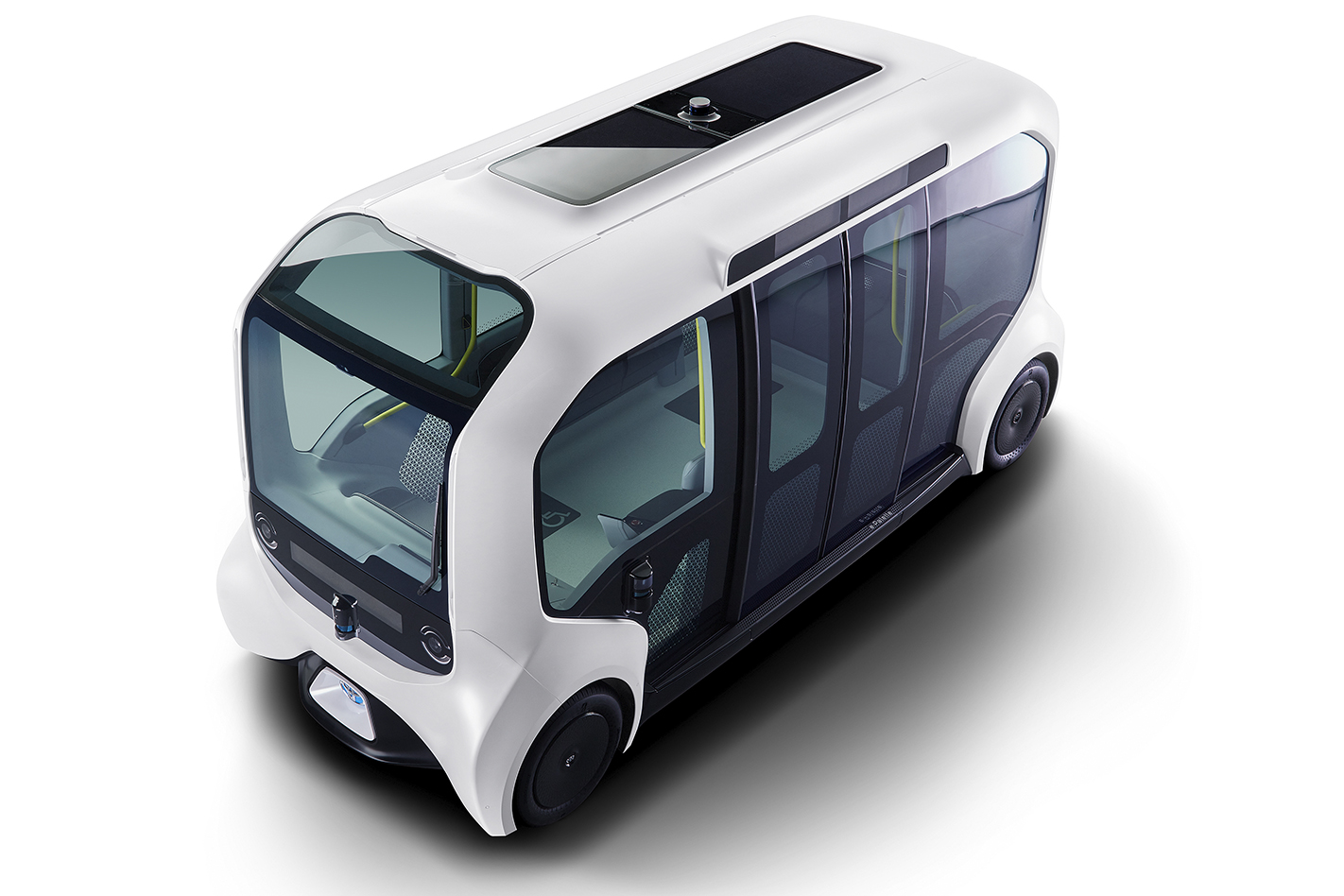
Toyota’s own e-Palette self-driving pod (above), as futuristic as it is, represents an L4 vehicle, not an L5. Designed to operate at low speeds and controlled environments, it will also feature a human operator who can intervene if things go awry. Meanwhile a Lexus LS-based demonstration car equipped with a roof-mounted sensor array (below) is another L4 demonstrator designed around robotaxi requirements, and will offer public demonstration rides alongside the e-Palette at next year’s Tokyo Olympics – albeit only within Tokyo’s Odaiba area, and with a human operator also riding along.
From Kuffner’s point of view, properly self-driving cars will be out of reach of the average motorist for the foreseeable future.
“There are two different products that are often conflated in the media, one is the personal vehicle, the one you sell to the customer. The other is a driverless taxi that would be fleet owned and operated, and every day maintained to perfection. That’s a completely different product, you can have expensive sensors on it and the high utilisation of that vehicle will amortise it so you can recover that cost.”
“You can’t recover that cost on a personal vehicle that, on average, sits parked 95 percent of the time. That’s the real difficulty.”

He’s not alone in that line of thinking either. Earlier this year Continental, one of the major manufacturers of the advanced sensors that make autonomous cars possible, told WhichCar that the cost of integrating L4 or L5 self-driving tech would be prohibitively expensive for the average car buyer. Robotaxi fleets would be the only expected operators of self-driving cars or, perhaps, high-end luxury cars where the additional hardware cost can be more readily absorbed.
However, there’s one factor that could greatly accelerate the progress of autonomous vehicles:
“The wildcard here is AI, deep learning,” Kuffner said. “I’ve been building robots for 30 years, and the old way was manually writing software with logic and conditions and branches. That doesn’t scale, it’s too brittle.
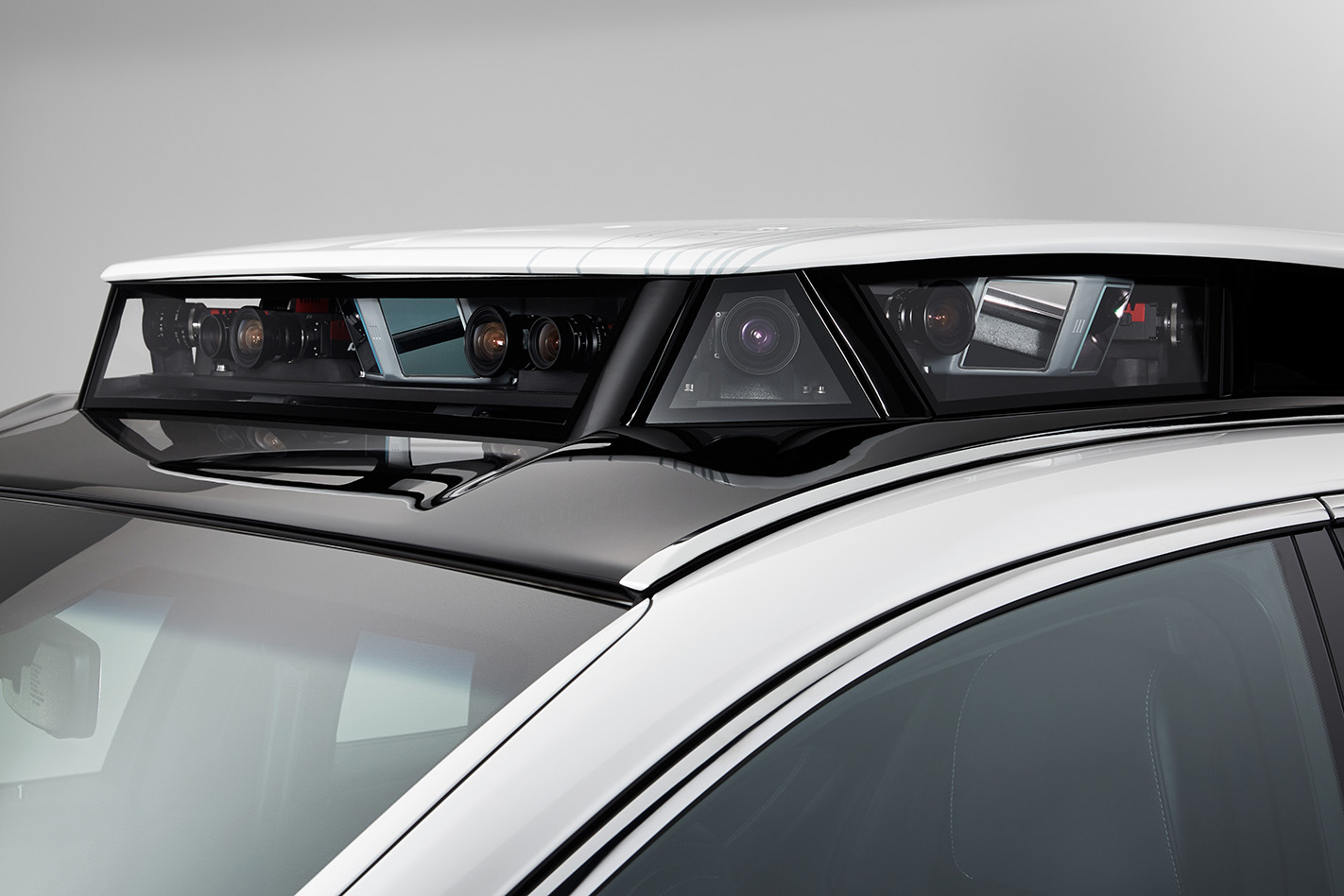
“But now we have deep learning, we have data-driven approaches that actually scale. It means that if you have enough data about driving in Tokyo, London, Rome and Mumbai, the system can actually learn the right and safe way to drive in those locales – and it gets better over time.
“Toyota makes over 10 million cars a year. If each car lasts 10 years and each one drives about 10,000km a year that’s a trillion kilometres of data per year. That’s scalable, and that’s potentially the competitive advantage.
“It’s hard, and it’s very hard to predict how long that’ll take, but I’m optimistic that by the time I’m too old to drive, I won’t have to.”


